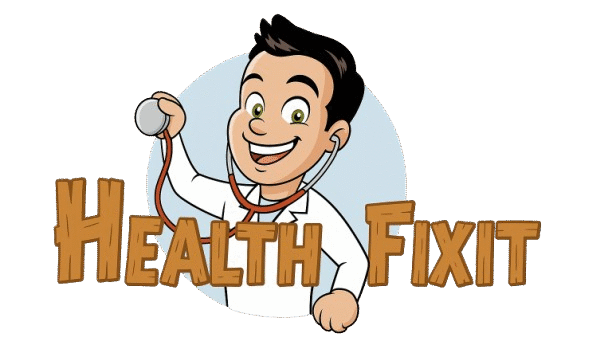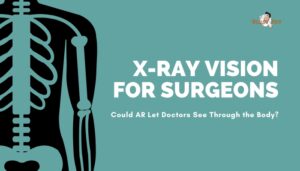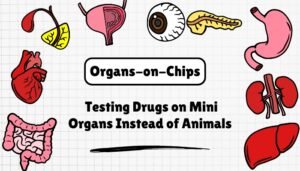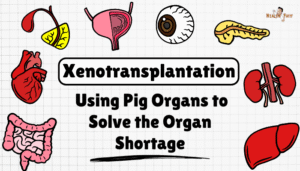Holographic Patients: Training Doctors with 3D Holograms Instead of Cadavers
Introduction For centuries, cadaver dissection has been a cornerstone of medical education, providing hands-on anatomical knowledge . Yet cadavers are expensive, limited in supply, and can’t simulate living physiology. Enter holographic patients—advanced 3D projections that allow medical students and professionals...
Read MoreX-Ray Vision for Surgeons: Could AR Let Doctors See Through the Body?
Introduction Surgeons rely on imaging—X-rays, CT scans, MRIs—to understand what’s happening inside a patient before making the first incision. But what if they could literally see a patient’s anatomy in real time, layered over the physical body during surgery? Emerging...
Read MoreCentral Sulcus
Definition: What is the Central Sulcus of Rolando? A sulcus is a defined as a deep groove that separates the gyri or convolutions on the surface of the brain. Named after Luigi Rolando, the central sulcus (of Rolando) or Rolandic...
Read MoreVirtual Organs (Digital Twins): Simulating Your Body to Test Treatments
Introduction Imagine physicians running “trial treatments” on a virtual clone of your organ, predicting if a medication, surgery, or device will work best—before ever applying it to you. This concept of virtual organs, also known as digital twins, harnesses computational...
Read MoreCloning for Organ Replacement: Is It Ethical if It Can Save Lives?
Introduction Imagine a future where people in desperate need of a new heart or kidney could have one grown from their own cells , eliminating rejection risk and saving countless lives. Cloning has long intrigued scientists and the public, from...
Read MoreOrgans-on-Chips: Testing Drugs on Mini Organs Instead of Animals
. Introduction For decades, animal testing has been the backbone of drug development, helping assess safety and efficacy before human trials. Despite this, animal models often fail to predict human responses accurately, and ethical concerns persist. Enter Organs-on-Chips—microfluidic devices that...
Read MoreLingual Tonsils
Definition and Function Lingual tonsils are a group of lymphoid nodules (30-100 follicles) located at the posterior third of the tongue. Their appearance is described as exophytic mucosal small masses with crypts and folds. This creates the reticular pattern at...
Read MoreXenotransplantation: Using Pig Organs to Solve the Organ Shortage
Introduction Transplanting organs from pigs into humans, known as xenotransplantation, is emerging as a promising answer to one of the biggest problems in modern medicine: the critical shortage of human donor organs. Thousands of patients die each year waiting for...
Read MoreSenolytics: Drugs That Could Wipe Out Aging Cells and Boost Longevity
Introduction Aging is a normal part of life. Yet researchers are discovering ways to manage or delay the cellular damage that accumulates over time. One area of great interest: senolytics—a category of drugs designed to target and destroy cells that...
Read More







